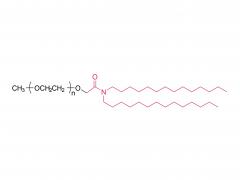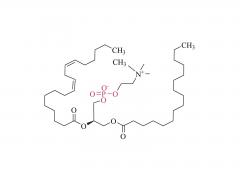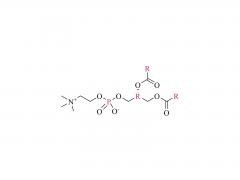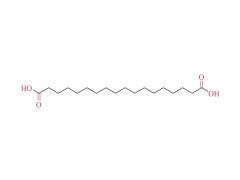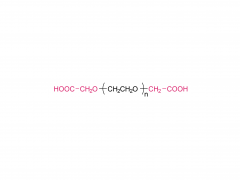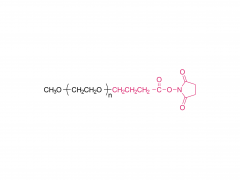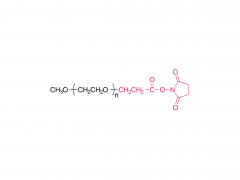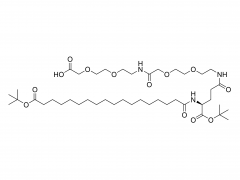RhB-encapsulating silica nanoparticles modified with PEG impact the vascular endothelial function in endothelial cells and zebrafish model
Shuang Liang 1, Yueyue Chen 1, Shiming Zhang 2, Yuanyuan Cao 1, Junchao Duan 3, Yapei Wang 4, Zhiwei Sun 5
Abstract
Silica nanoparticles (SiNPs) have been widely used in human health related products, such as food additives, cosmetics and even drug delivery, gene therapy or bioimaging. Recently, a first-in-human clinical trial based on polyethylene glycol (PEG)-modified SiNPs had been approved by US FDA to trace melanoma. However, as a nano-based drug delivery system, its biocompatibility and vascular toxicity are still largely unknown. Thus, we synthesized the fluorescent SiNPs to explore the biocompatibility and vascular endothelial function, and compare different biological effects caused by PEG-modified and unmodified SiNPs in cells and zebrafish model. The characterizations of SiNPs and PEG-modified SiNPs were analyzed by TEM, SEM, AFM and DLS, which exhibited relatively good stable and dispersive. Compared with SiNPs, PEG-modified SiNPs had markedly reduced the inflammatory response and vascular damage in Tg (fli-1: EGFP) and Tg (mpo: GFP) transgenic zebrafish lines, respectively. Consistent with the in vivo results, the PEG-modified SiNPs had been found to significantly decline the levels of ROS, inflammatory cytokines and mitochondrial-mediated apoptosis in vascular endothelial cells compared to SiNPs, and the ROS scavenger NAC could effectively alleviate the above adverse effects induced by nanoparticles. Our results suggested that the PEG-modified SiNPs could become more safety via increasing the biocompatibility and decreasing cellular toxicities in living organisms.
Keywords: Endothelial cells; PEG modification; RhB-encapsulating SiNPs; Vascular function; Zebrafish.
Abbreviation: mPEG-NH2
Name: Methoxypoly(ethylene glycol) amine
For more product information, please contact us at:
US Tel: 1-844-782-5734
US Tel: 1-844-QUAL-PEG
CHN Tel: 400-918-9898
Email: sales@sinopeg.com







